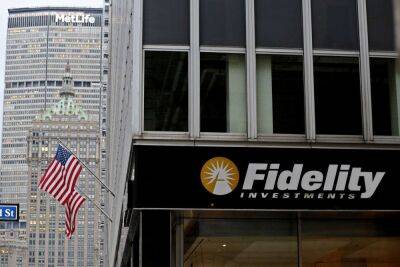Why isn't the Federal Reserve requiring banks to hold depositors' cash?
The Federal Reserve Board reduced banking reserve requirements to zero in March 2020. Since that time, banks in the United States have not been required to actually hold any depositor money in the bank, making a flawed system — fractional reserve banking — worse.
With Silvergate Bank, Silicon Valley Bank and Signature Bank now shuttered, many in the U.S. are wondering if regional banks pose the same risks. Zero reserve policies at the Federal Reserve only make further bank collapses more likely.
Before the pandemic, banks had to hold 10% of deposits in cash. When depositors put $1,000 in the bank, the bank wasn’t required to hold that $1,000. It holds $100 and loans out $900 to customers in search of a mortgage, a car, etc. Banks charge an interest rate on those loans, which is one way in which a bank makes money. So, a bank account holder gets 0.2% interest, while the bank provides loans at 4% and higher.
Fractional reserve banking is what allows a bank to keep a portion of your money in the bank while lending most of it to businesses and consumers. But if every single depositor comes for their $1,000 — as happened in the case of Silicon Valley Bank (SVB) — the bank won’t have the cash on hand. If the bank is at risk of shutting down, then everybody is going to be rushing to get their $1,000 out. When this happened at SVB, the California bank regulator stepped in and put the bank into receivership.
Related: Silicon Valley Bank was the tip of a banking iceberg
The Fed has sowed the seeds of the financial crisis in more ways than zero reserve banking. When the Fed funds rate increases, it affects car loans, housing, U.S. treasuries and makes small business loans more expensive. When the value of treasuries
Read more on cointelegraph.com







![Should Bitcoin’s [BTC] market bulls be thanking banks just yet? The answer is… - ambcrypto.com](https://gocryptonft.com/storage/thumbs_400/img/2023/3/17/91304_gtvu0.jpg)
